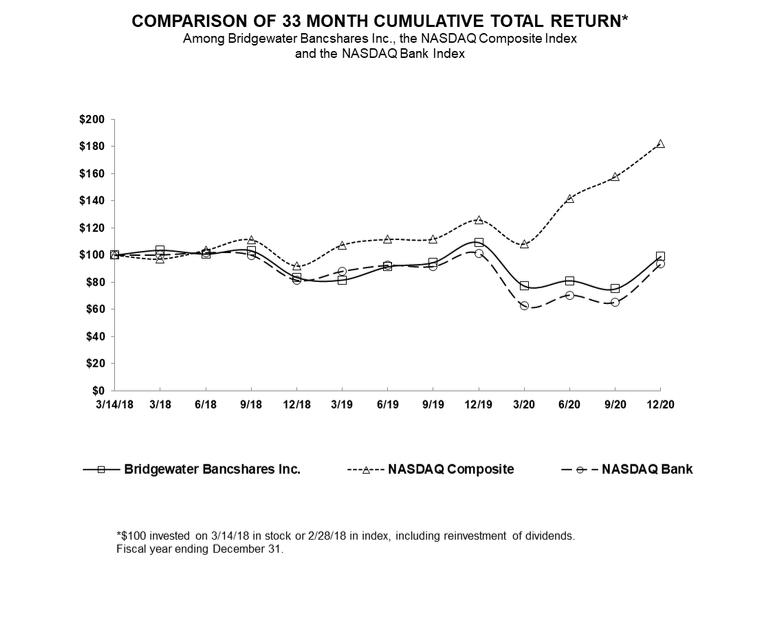31, 2020 was 23.8%, compared to 18.1% for the year ended December 31, 2019. The higher effective combined rate was primarily due to fewer tax credits being recognized during 2020.
The recognition of tax credit investments significantly impacts the Company’s effective tax rate. Excluding the impact of tax credit investments, the effective combined federal and state income tax rate for the year ended December 31, 2020 was 25.8%.
2019 Compared to 2018
Income tax expense was $6.9 million for the year ended December 31, 2019, compared to $5.2 million for the year ended December 31, 2018. The effective combined federal and state income tax rate for the year ended December 31, 2019 was 18.1%, compared to 16.3% for the year ended December 31, 2018. The higher effective combined rate was primarily due to fewer tax credits being recognized during 2019.
The recognition of tax credit investments significantly impacts the Company’s effective tax rate. Excluding the impact of tax credit investments, the effective combined federal and state income tax rate was 24.8% and 25.5% for the years ended December 31, 2019 and 2018, respectively.
Financial Condition
Overview
Total assets at December 31, 2020 were $2.93 billion, an increase of $658.5 million, or 29.0%, from December 31, 2019. The increase in total assets was primarily due to organic loan growth, PPP loan growth, purchases of investment securities, and excess cash balances linked to extraordinary deposit inflows. Total gross loans were $2.33 billion, an increase of $414.4 million, or 21.7%, from December 31, 2019. Securities available for sale were $390.6 million at December 31, 2020, an increase of $100.8 million, or 34.8%, from December 31, 2019.
Total liabilities at December 31, 2020 were $2.66 billion, an increase of $637.9 million, or 31.5%, from December 31, 2019. Total deposits were $2.50 billion, an increase of $678.3 million, or 37.2%, from December 31, 2019. Total borrowings were $142.2 million, a decrease of $32.0 million, or 18.4%, from December 31, 2019.
Investment Securities Portfolio
The investment securities portfolio is used to make various term investments and is intended to provide the Company with adequate liquidity, a source of stable income, and at times, serve as collateral for certain types of deposits. Investment balances in the investment securities portfolio are subject to change over time based on funding needs and interest rate risk management objectives. The liquidity levels take into account anticipated future cash flows and are maintained at levels management believes are appropriate to ensure future flexibility in meeting anticipated funding needs.
The investment securities portfolio consists primarily of municipal securities, U.S. government agency mortgage-backed securities, SBA securities, and corporate securities comprised of subordinated debentures of banks and financial holding companies. In addition, the Company also holds U.S. treasury securities, asset-backed securities and other debt securities, all with varying contractual maturities. These maturities do not necessarily represent the expected life of the securities as the securities may be called or paid down without penalty prior to their stated maturities. All investment securities are held as available for sale.
Securities available for sale were $390.6 million at December 31, 2020, compared to $289.9 million at December 31, 2019, an increase of $100.8 million, or 34.8%. At December 31, 2020, municipal securities represented 29.4% of the investment securities portfolio, government agency mortgage-backed securities represented 31.6% of the portfolio, SBA securities represented 10.3% of the portfolio, corporate securities represented 18.5% of the portfolio,



